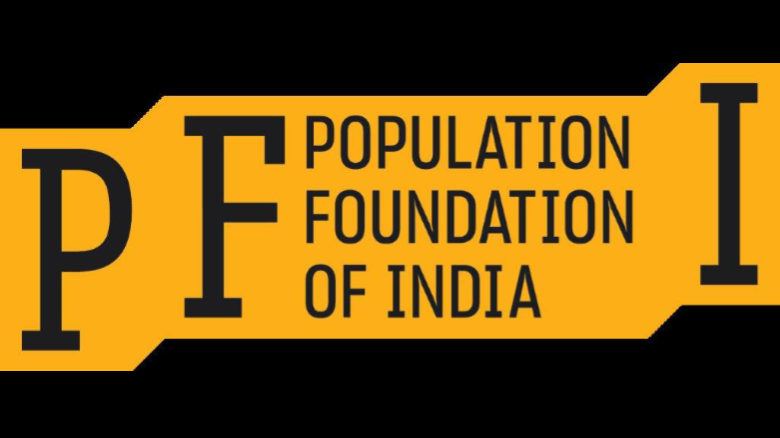
Events in the last few weeks and other similar incidents across the country, make it clear that gender-based violence, rape and sexual assault continue to be serious issues. The rape and subsequent murder of the young, woman is a shocking example of the inequality and abuse faced by women. In this case, as in many others, gender violence is not simply a gender related crime but a combined effect of myriad power relations, including caste. This intersectionality of the multiple layers of Indian society is experienced by women with varying degrees of abuse and marginalisation.
Women and girls in India continue to be born into a social system that is steeped in inequity and discrimination. Studies state clearly that gender and caste are the two major forms of discrimination in India and those belonging to both groups experience the largest share of sexual violence.
The continuing increase of violence against women and girls is an indication of the deep-rooted and persistent patriarchal gender and social norms present in the country. The National Family Health Survey (NFHS-4) suggests that 30 per cent of women in India in the age group of 15-49 have experienced physical violence. These figures are a reflection of the structural and institutional inequality that is a reality for all Indian women.
The Census and NFHS data show clearly that women also receive an unfair share of opportunities, education and resources. Female literacy rates are almost 20 percentage points less than male, while the sex ratio at birth continues to be skewed at 919 per 1000 males (NFHS-4). Official statistics from the National Crimes Record Bureau (NCRB) reveal a trend of rising crimes against women and cultural practices such as dowry, child marriage son-preference further underscore women’s vulnerability to violence and discrimination.
The assault on women’s rights have come full circle in this particular case. The young woman in Hathras, attacked just 100m away from her mother, who sadly has a hearing disability, was denied dignity and a right to a life free from violence; she was then systematically denied her legal, health and privacy rights. And finally, in death her family has been denied the right to bring her home and carry out her last rites as per their traditions. Violence in this case, therefore, becomes a tool to reinforce and maintain power
relations and as a weapon to punish women and their families who dare transgress them.
Within society and families, the responsibility for maintaining ‘honour ’ and purity rests solely on women, in this case revenge and caste retribution led to the death of a young 19-year-old woman.
The increasing frequency of these particularly public and brutal incidents underscore the persistence of discriminatory practices, gender stereotypes and deeply entrenched caste and gender norms. The brutality of the Nirbhaya case is mirrored again in this crime, where a young woman has been subject to extreme and horrific violence. Images of which, her family and parents will never fully recover from. Young women need our support and nurturing to live their lives free of discrimination and achieve their aspirations, instead in Hathras a young woman was tragically and violently raped and murdered. We must collectively address issues around the objectification of women and the lifecycle of violence they face. Or else, these incidents will continue to haunt young women and girls across our country.
In 2013, after the Nirbhaya case, the Justice Verma Committee Report on gender laws identified “a failure of governance” as the root cause of sexual crimes. This was the first time that a government commission made the connection between rape and power relations. The committee suggested broad sweeping changes to the code of conduct and legislation, including progressive reforms to strengthen legal, policy and programme protections for women. However, the continuing perceived and real, lack of justice and due process especially for women has created a culture of violence and silence that allows men to act with impunity and with no fear of any punitive action.
Violence against women has serious social, economic and health consequences for society. It affects them as individuals, but also their families and children, communities and has serious consequences on development. The only way forward must be a two-pronged approach. On one hand the judicial system needs to ensure strict enforcement of laws, along with quick and fair justice for all crimes against women. On the other hand, the deep-rooted causes of gender discrimination and violence need to be addressed both at a systemic and institutional level and also at an individual and collective level.
